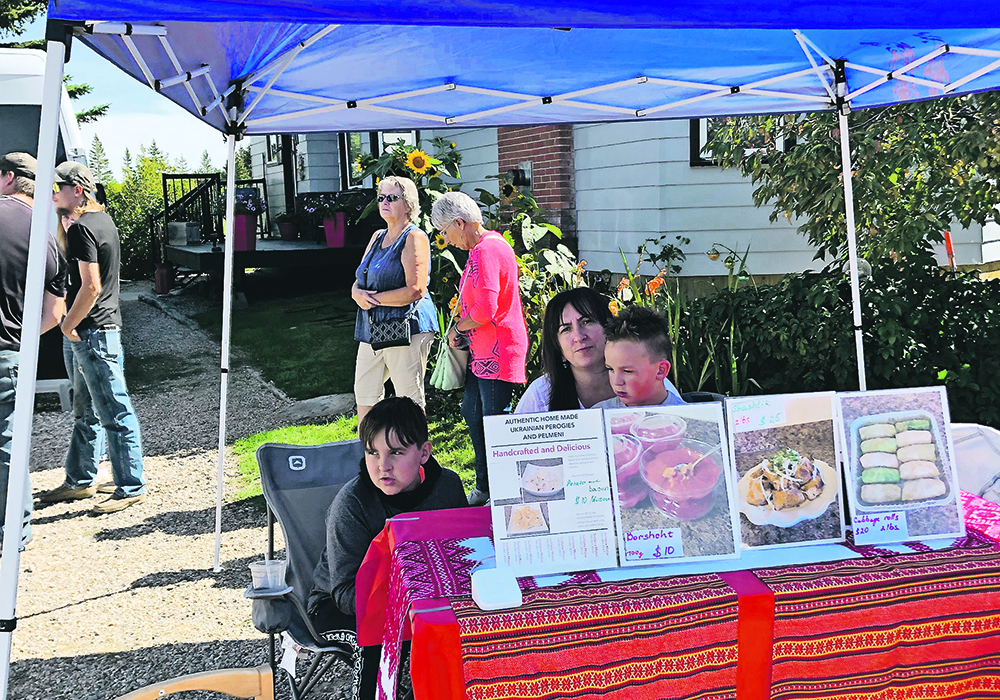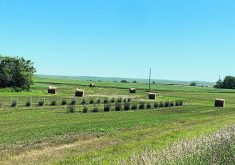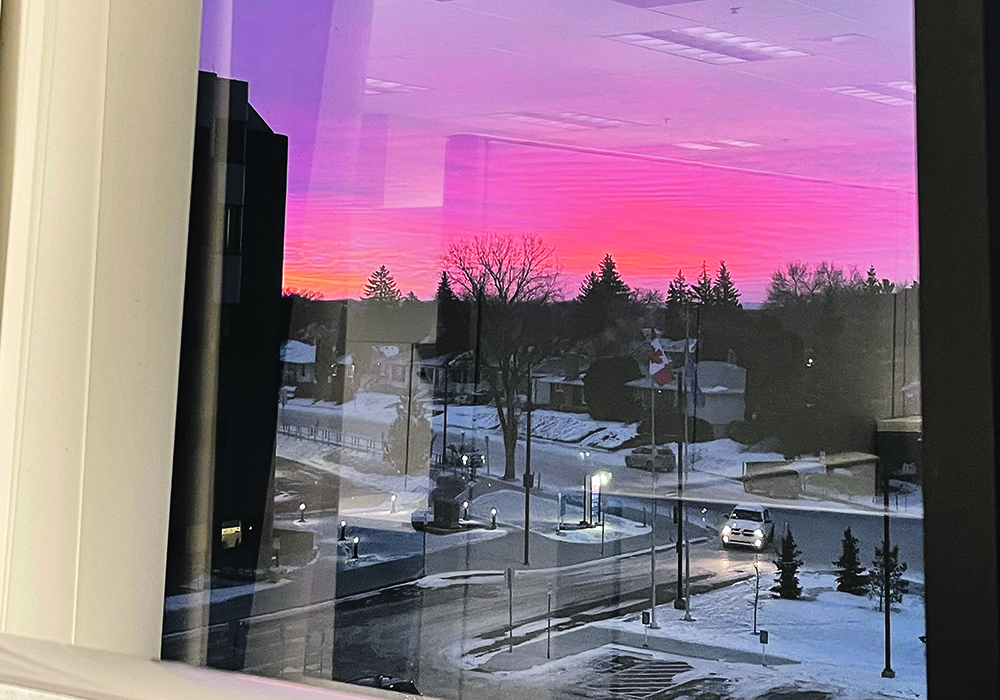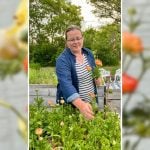Health measures taken to stop the spread of COVID-19 were hard on farmers markets, but sector hopes the worst is over
Sick of COVID-19 restrictions, farmers market owners and vendors hope to see business return to normal this summer.
“We’re really excited to open,” said Brenda Johnston, who owns the Red Market Barn near Kenosee Lake, Sask. “It’s their summer, it’s their tradition… it’s something I know most people are really looking forward to.”
When the COVID-19 pandemic hit in 2020, restrictions, which continually changed, forced the markets to frequently adapt and drop events, shows, products, and vendors.
“It was just kind of horrible,” said Johnston. “You’re really frightened when you’re threatened with huge fines.
Read Also
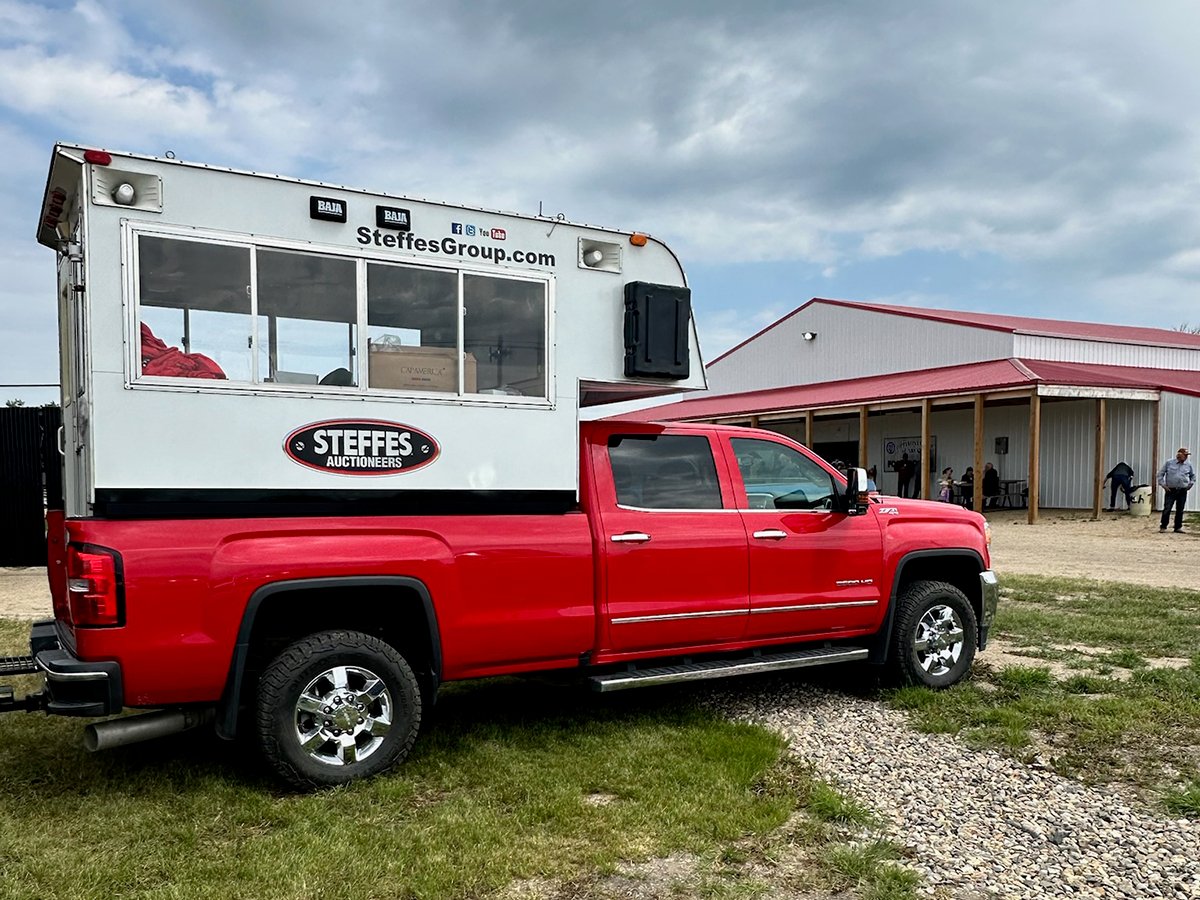
Farm auctions evolve with the times
Times have changed. The number of live, on-farm auctions is seeing a drastic decline in recent years. Today’s younger farmers may actually never experience going to one.
“Financially, after both years were done, it probably wasn’t worth it to open, but we did it because the vendors, that’s their livelihood here.”
Johnston said because each market is unique, different rules were in place depending on the place, some that were frustrating to herself and the public.
“People couldn’t be on the playground equipment, even though all the playgrounds were open,” said Johnston. “Each business type had different business restrictions… so the issues that were affecting us didn’t affect other markets.”
Dennis Bobrovich turned his former dairy farm near Gimli, Man., into the Arnes Farmers Market and said almost half of his vendors didn’t come when the pandemic began.
“Some people didn’t make it,” said Bobrovich. “What happened was pretty rough. You own your own business; it was pretty rough for you. I’m just trying to help young people get started in life and help young businesses.”
The Drayton Valley farmers market in Alberta also lost nearly 40 percent of its vendors during the pandemic, and organizers are still trying to get people back. Many vendors took their business elsewhere, according to market manager Collen Schoeninger.
“The Alberta government removed restrictions for people making products at home,” said Schoeninger. “So that really left farmers markets completely out of that loop, because before, the only place you could sell your homemade product was through the farmers market.”
Manitoba, Alberta, and Saskatchewan all faced similar challenges.
Katie Beynon, executive director of Direct Farms Manitoba, said they worked quickly to ensure the markets were deemed an essential service by the government so markets never shut down, but some markets may have shut down because of the challenges COVID-19 presented.
“There was a time (markets) had to go down to just food products,” said Beynon. “Another restriction that was really hard on farmers markets was for a while, you could only have one person shopping as a family unit… farmers markets tend to attract people coming with a friend or people coming with the whole family, so that was really hard.”
Manitoba, like the other provinces, developed online services and pick-up/drop-off options for the public, and she said the markets worked really hard to adjust, and while some vendors suffered, others did really well.
The restrictions affected every market differently, and Ray Derksen, president of the Saskatchewan Farmers Market Co-operative and farmers market garden produce vendor in the Tisdale area, said he appreciated the restrictions in time of need, and that most people appreciated the rules because they kept people safe.
“It wasn’t onerous at all on us,” said Derksen. “We had to make a few adjustments, like providing hand sanitizer and wearing masks and it just took a bit of getting used to, but it didn’t shut the market down.”
Derksen said he believes the government was premature when it removed restrictions because COVID is still a threat to the public, and the markets can continue to function with rules in place.
“In terms of selling, it was actually a pretty good year for myself,” said Derksen. “My sales are higher than they’ve been almost ever. If people are looking for local products, they are willing to shop locally.”
Schoeninger said that recently the number of consumers coming to the Drayton Valley market have been around 200, but last summer during the pandemic, they were actually getting up to 500 a week.
“Now, the farmers market isn’t the only thing happening in town,” said Schoeninger.
“Now there’s other places to be, other things to go to, sports have started up again. People can mix and mingle and go to the city now, whereas before ours was the only thing allowed in town.”

